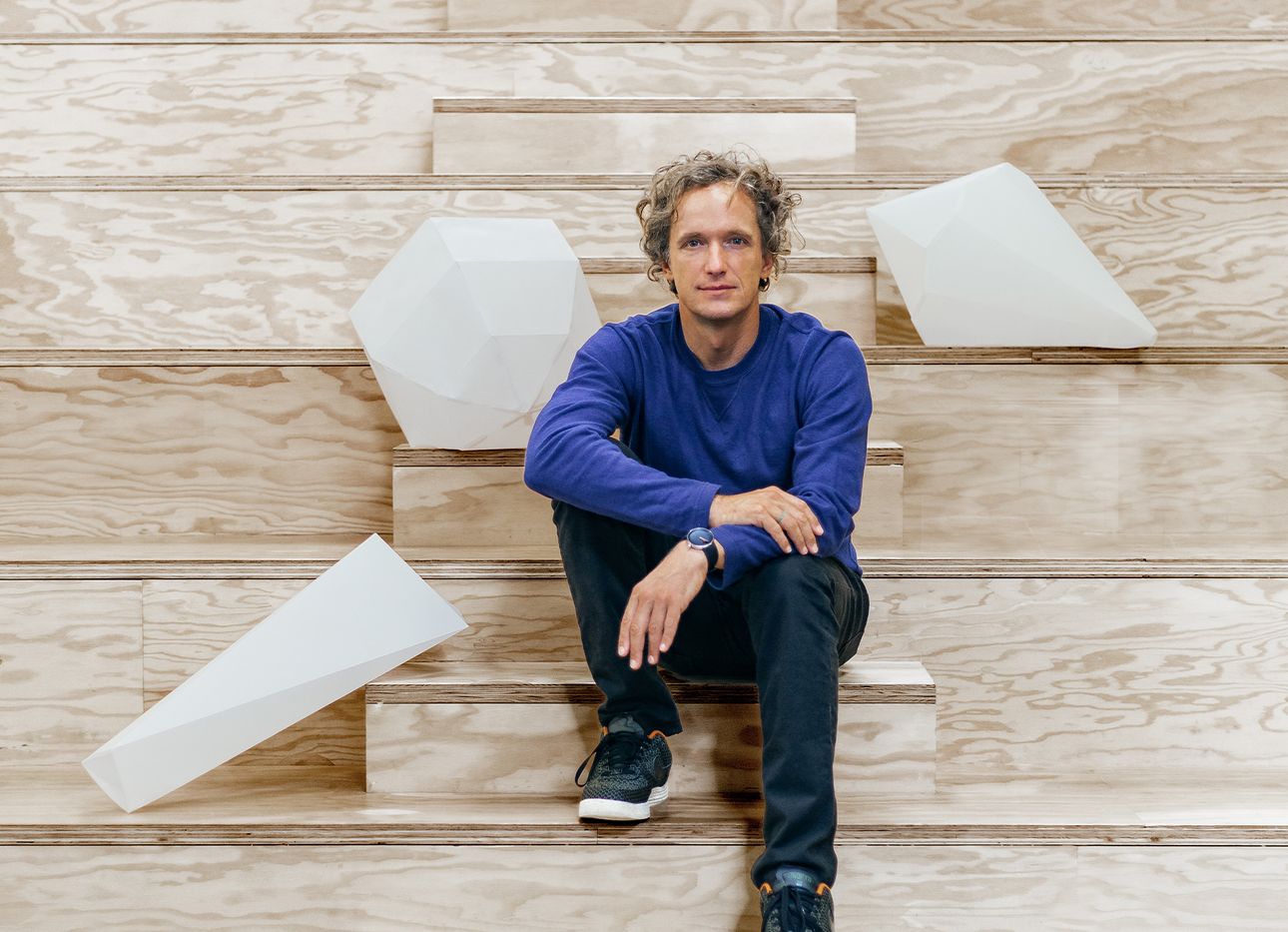
Twenty Years On, Yves Béhar’s Designs Still Challenge the Status Quo
The title of Yves Béhar’s new monograph, Designing Ideas (Thames & Hudson), gets straight to the heart of the Swiss designer and entrepreneur’s 20-year career. After founding his San Francisco and New York–based studio Fuseproject, in 1999, Béhar went on to create objects that could transform the lives of those in underserved communities, such as the XO computer, the centerpiece of nonprofit group One Laptop Per Child, which aims to provide learning opportunities to youths in developing countries; and customizable, ergonomic eyeglasses for kids that are distributed through Fuseproject’s See Better to Learn Better program, which provides free optical services to families who can’t afford them. He has also designed pieces for BMW, Microsoft, and Swarovski, among other brands. Reading about the stories behind Béhar’s efforts, it’s clear that he has never stopped challenging the status quo.
In a moment when our current state of affairs continues to be turned upside down, Béhar’s work is a helpful reminder of the resilient, creative modes of thinking that can emerge in the face of difficulty. We recently spoke with Béhar about how design can impact people and the planet, and the importance of working together to bring big ideas to fruition.
It must be surreal to see your life’s work compiled into a single volume. Surveying it today, what are your main takeaways?
What I was hoping to achieve with the book is to showcase our projects in terms of the often arduous and humbling design process, as well as within their contexts. The projects are organized thematically, but often have crossover.
For example, the most urgent challenge that faces us today is climate change and the inequalities that it creates. How we address that by design is something that I’ve been interested in since the very beginning, whether that’s through choices like low-energy lighting, or new methods of manufacturing. “Reducing” is the first section of the book, and it’s certainly something I’ve focused our design practice on in every project. The themes [which include “Sensing,” “Transforming,” “Giving,” “Humanizing,” and “Scaling”] obviously look back at work we’ve done, but they also carry the biggest opportunities for human and societal change moving forward.
What specific arenas do you see this type of change occurring in?
Looking forward, there’s no doubt in my mind that our biggest contributions are going to be made in health, healthcare, and well-being in general. As we’ve seen [during the pandemic], the gaps in health and healthcare—and the expectations that we have for great service, for information and control, and the ability to control our own health—are going to require a whole new set of services, and a whole new approach.
How has Covid-19 shifted your perspective on the humanitarian work that designers can be doing?
It’s been a dramatic and revealing time. Emerging from the first period of quarantine and stay-at-home orders, [Fuseproject] jumped into action by applying ourselves to real problems. We did a number of projects, including developing ventilators with Massachusetts General Hospital, which are now in African F.D.A. approval because of their low cost, ease of assembly, and open-source approach. We also made a poster campaign for the UN World Health Organization.
More recently, we designed a sticker for Covid-19 vaccinations, including a campaign for California and for the governor’s office called “Immunity Together.” I think this body of work shows the resilience and the adaptability of designers, and how they’re able to jump into the fray, and make a real difference.
Collaboration is central to seemingly everything you do. What value do you see in joining forces with others?
For me, collaboration is the marrying and the merging of two completely divergent crafts or capabilities. A good example of this is our work with Boyan Slat and The Ocean Cleanup, in which we aim to create fully circular products. The eyeglasses we made with them are not only made of one hundred percent ocean plastics, but the more ocean plastics you extract, the more eyeglasses we can make; and the more eyeglasses we make, the more we sell; the more we sell, the more The Ocean Cleanup can do.
I speak a lot about this in the book, because it’s about a group effort to bring to life a vision that simply didn’t exist before. I’m completely open to collaborating with people who are well-known, and people who are not. We’ve shown over the years that very humble projects can actually be the greatest agents of change.